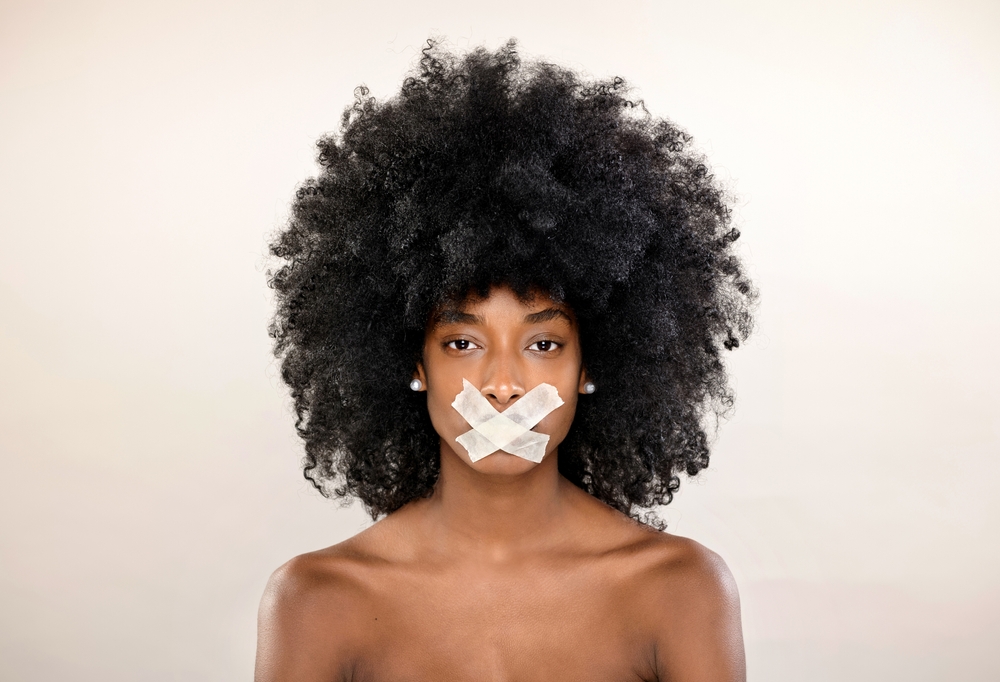Recently, a peculiar health and beauty trend has emerged involving taping one’s mouth shut at night to promote better sleep and overall wellness. Proponents of mouth taping claim it enhances sleep quality, prevents morning breath, and even tightens the jawline. But what do experts say about this practice?
Understanding mouth taping
Mouth taping involves placing adhesive tape over the lips to keep the mouth closed during sleep, encouraging nasal breathing. This practice is believed to offer several benefits due to the natural advantages of breathing through the nose, such as filtering out dust and allergens, humidifying the air, and potentially lowering blood pressure.
The science and skepticism
Despite its popularity on social media and among certain wellness circles, there is limited scientific research supporting the specific benefits of mouth taping. Experts in sleep medicine and dentistry express caution, suggesting that the practice may not be suitable for everyone and emphasizing the importance of consulting a health care professional before trying it.
Potential benefits and risks
While some individuals report positive outcomes, such as reduced snoring and improved oral health, medical professionals warn of potential risks. These include compromised sleep quality and the dangers of restricting a necessary airway, especially for individuals with conditions like sleep apnea or nasal obstructions.
Safe practices and alternatives
For those interested in trying mouth taping, it is crucial to speak with a doctor to ensure it is safe based on personal health conditions. Alternatives to mouth taping, such as nasal strips or sleep therapy, may be recommended to address underlying issues affecting breathing during sleep.
Conclusion
Mouth taping might seem like a simple solution for better sleep and health, but it’s essential to approach this trend cautiously and seek professional advice. Exploring safer and more proven methods may provide better health outcomes and ensure safety during sleep.





